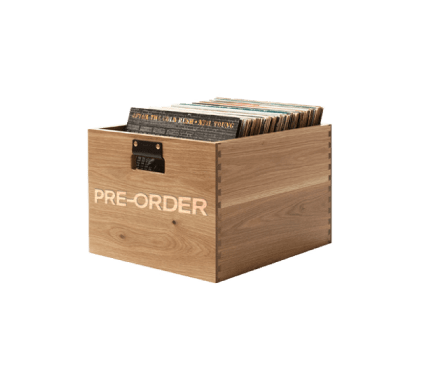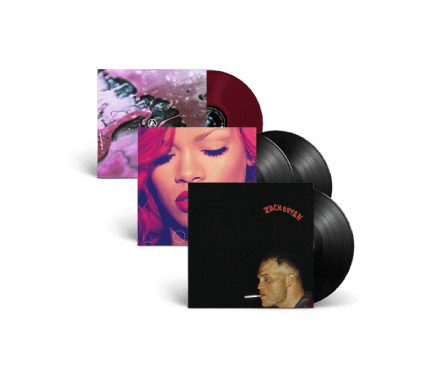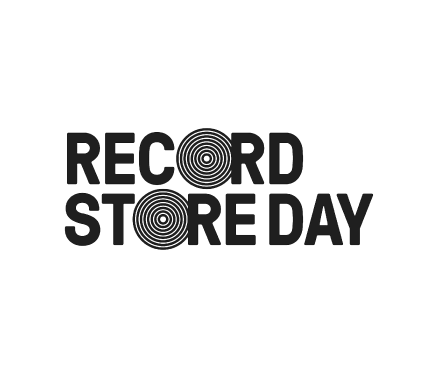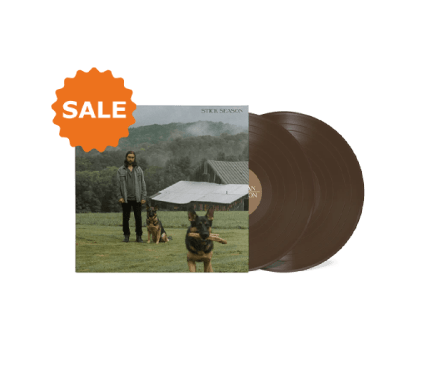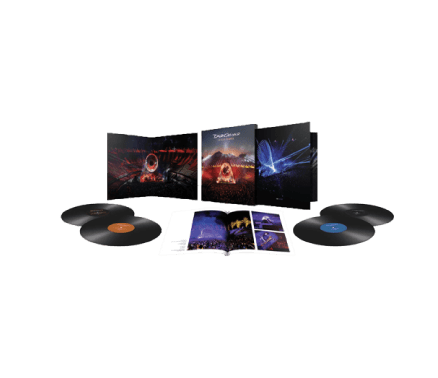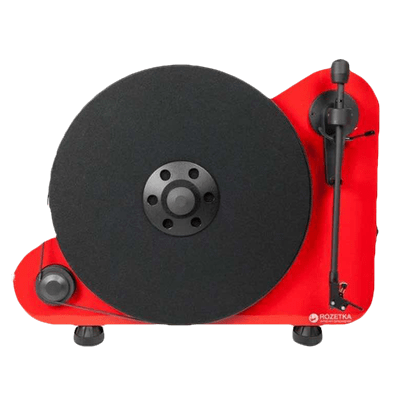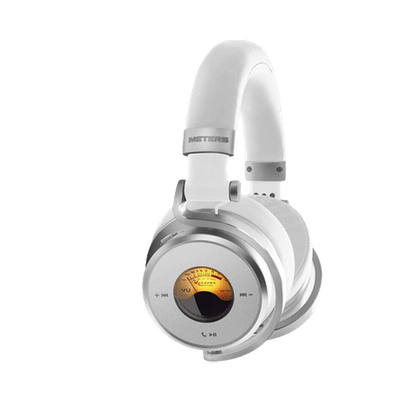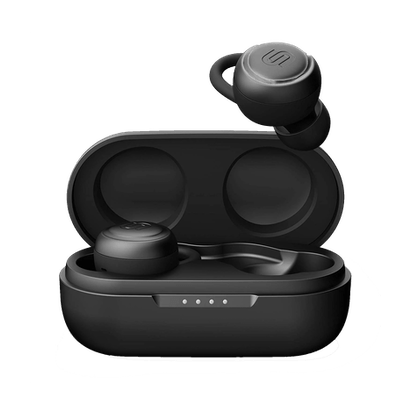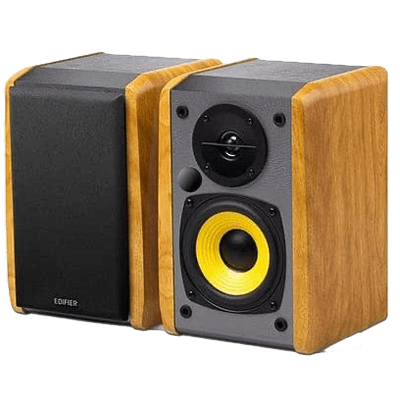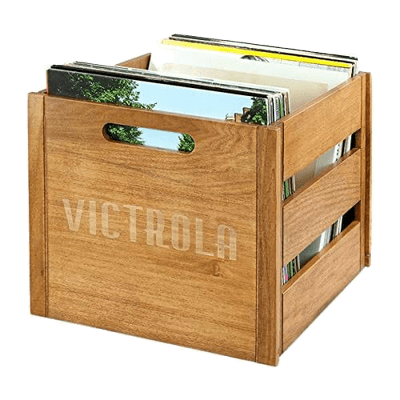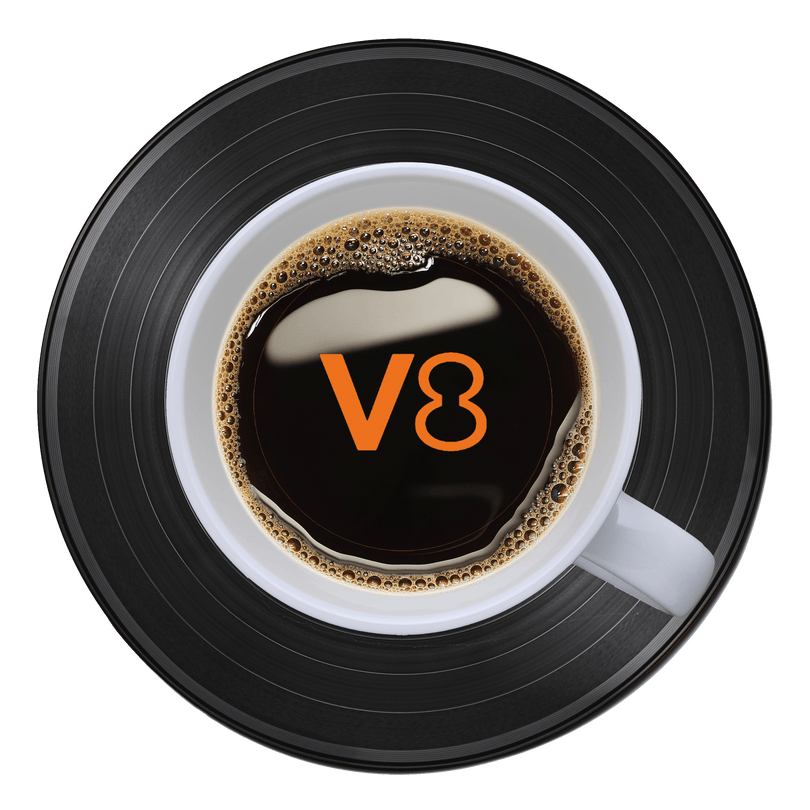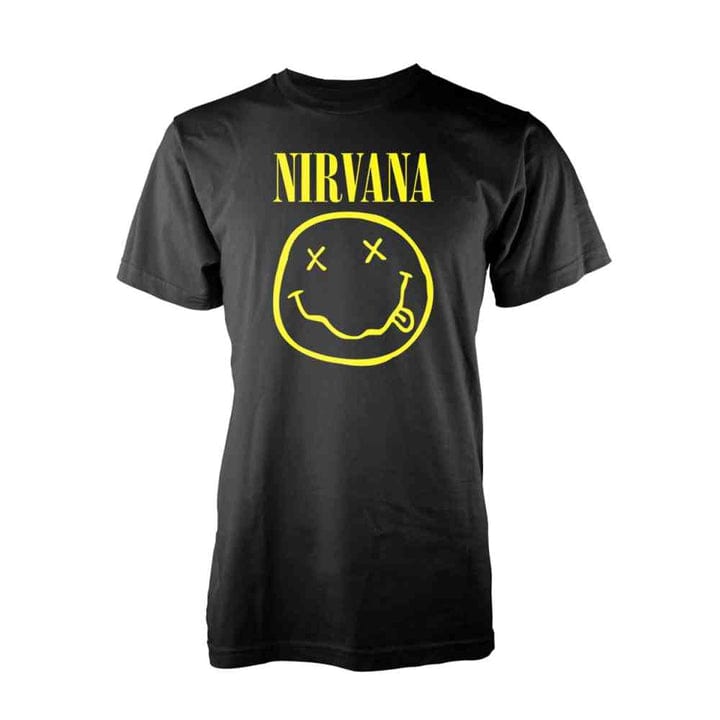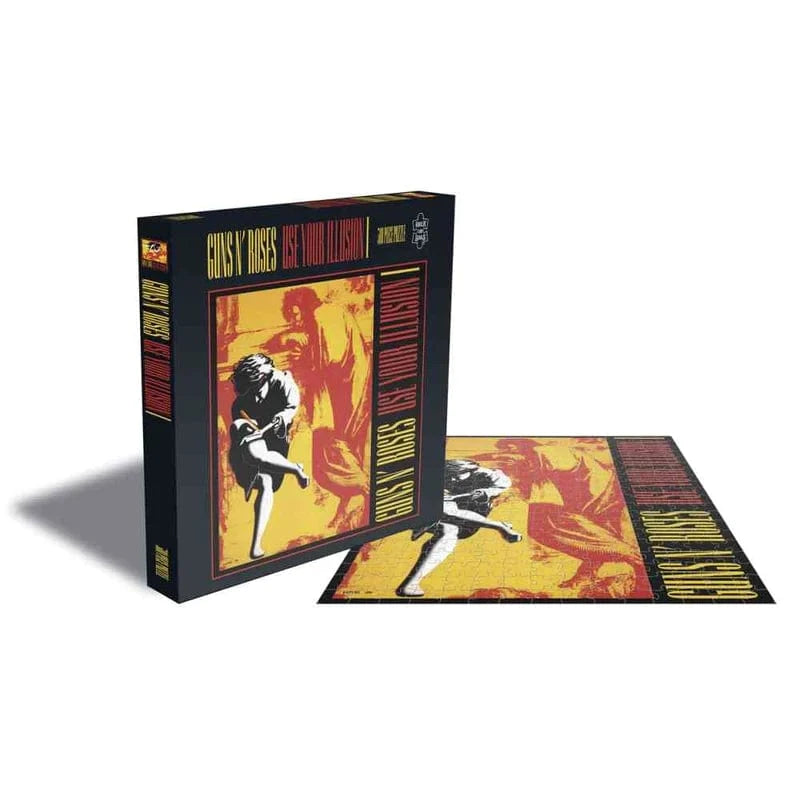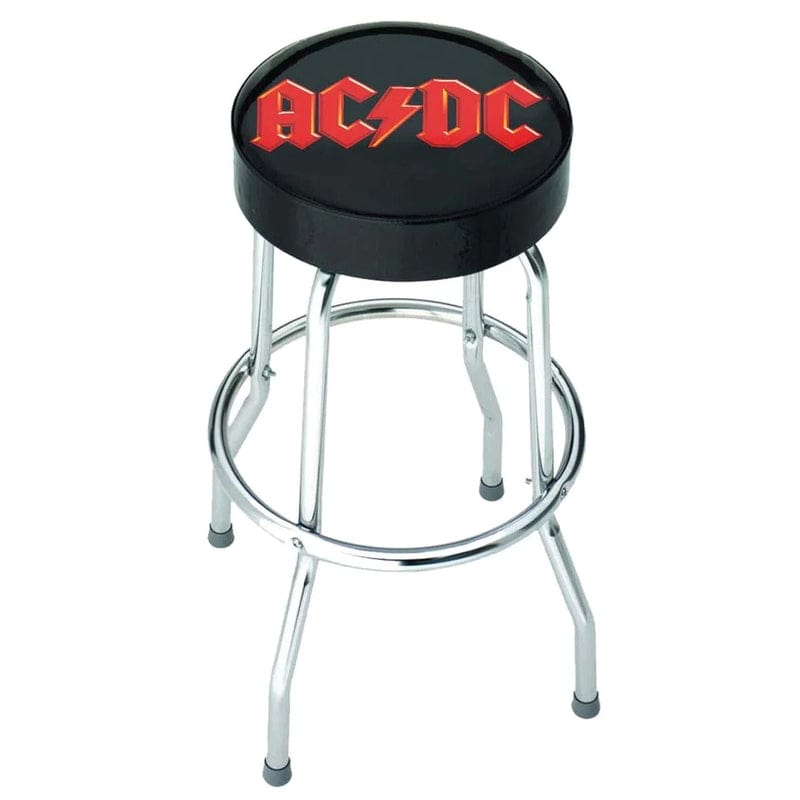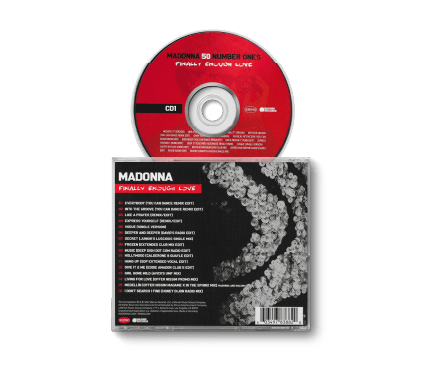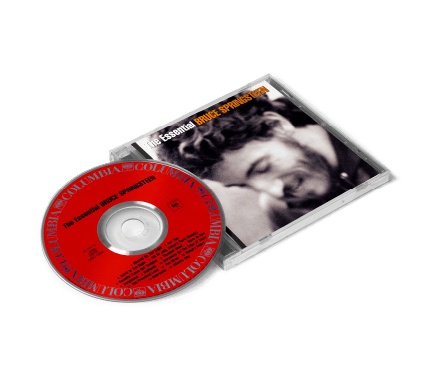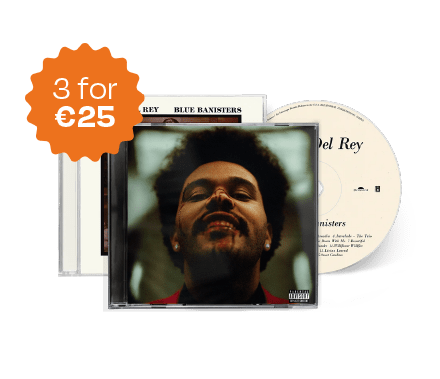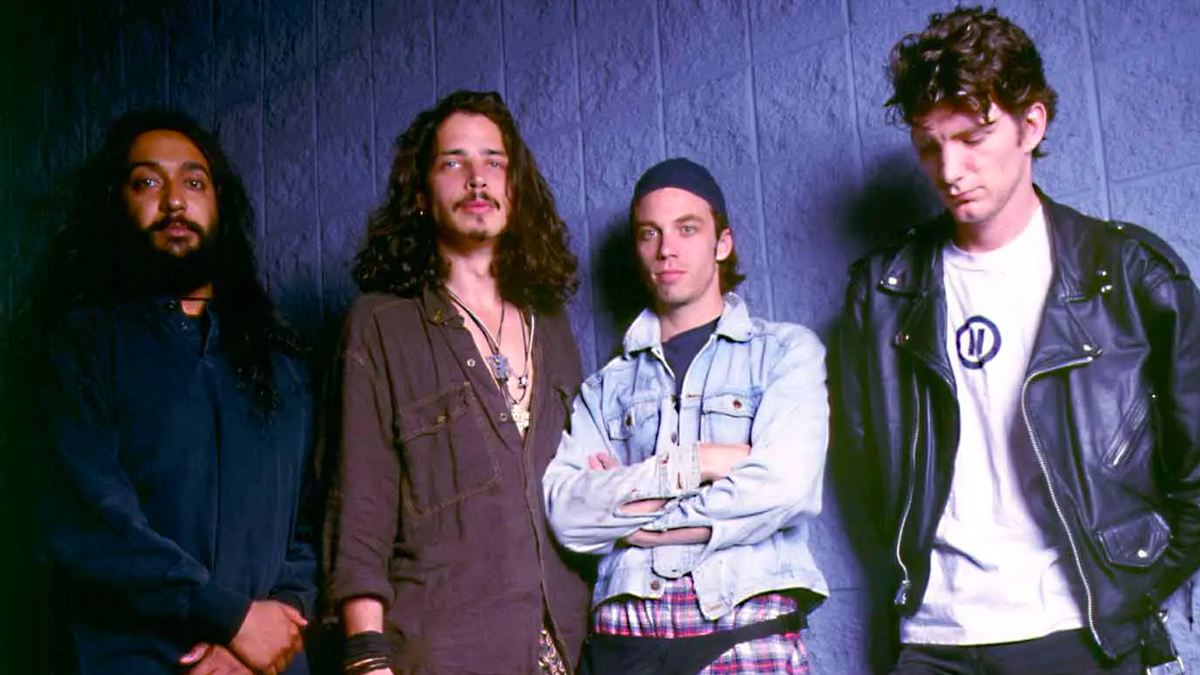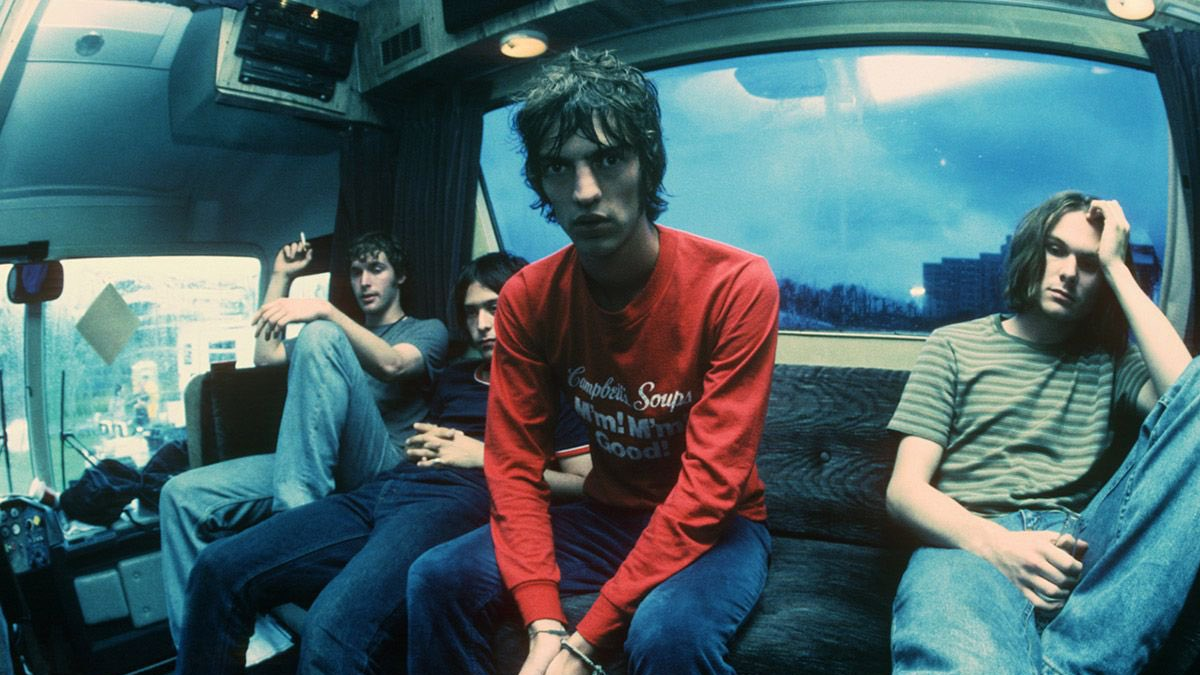Physical Graffiti by Led Zeppelin
By Eamon O'Neill
The flag we're flying is the new flag of the land
In 1989, over a four week period, rock bible Kerrang! published its definitive list of the ‘100 Greatest Heavy Metal Albums of All Time’. It was an eclectic mix, and coming at a time when hair metal was at its height, contained such questionable inclusions as Legs Diamond and the Vinnie Vincent Invasion. There were however, altogether more sensible entries, and while all four members of the band sitting atop that pile would baulk at being termed ‘heavy metal’, taking the title of the greatest album of them all was Led Zeppelin’s ‘Physical Graffiti’.
If we could just join hands...
Considering the top ten included such towering releases as their own eponymous forth album (aka; “the one with ‘Stairway to Heaven’ on it”), Van Halen’s show stopping debut, AC/DC’s monster ‘Back in Black’, and Metallica’s masterpiece ‘Master of Puppets’, this was quite the feat. Coming - at the time - almost fifteen years since its release, and close to a decade since their abrupt split, it was clear that Led Zeppelin’s monolithic status still cast a sizable shadow over the rock landscape.
The band’s sixth long player, released in 1975 ‘Physical Graffiti’ was their first - and only - double studio album, and the first to be released under their own Swan Song imprint. Collecting newly recorded material with out-takes from earlier album sessions recorded between 1970 and 1972, it was however, no collection of filler.
I saw the kings who rule them all
Following on from ‘Houses of the Holy’ in 1973 and the US tour supporting it that would later produce the seminal ‘The Song Remains the Same’ live film and album, ‘Physical Graffiti’ was born by a band at the absolute peak of their powers. In the short six years since the release of their debut, Led Zeppelin were by now, the biggest band in the world, and it was time for their grandest statement.
Featuring fifteen tracks that blended styles such as hard rock, blues, boogie-woogie, folk, funk, and beyond, ‘Physical Graffiti’ was Led Zeppelin's most dense, and diverse set yet.
Opening with the rocksteady groove of ‘Custard Pie’ which showcased John Bonham’s shuffle over an irresistible Jimmy Page riff, it’s followed by ‘The Rover’; a power chord and lick-heavy workout that drives along on a pumping John Paul Jones bassline. The slow blues of ‘In My Time of Dying’ - based on an old gospel number by Blind Willie Johnson - rounds out the double album’s first side, and features some exquisite slide work from Page.
‘Houses of the Holy’, inexplicably left off the album of the same name three years earlier [did ‘D’yer Mak’er’ really make the cut over this?!] opens side two, with Jones’ funk workout ‘Trampled Under Foot’ following. Here Robert Plant is in full flow in all of his Seventies puffed-out chest pomp, with his infectious ‘talkin’ ‘bout love’ refrain.
As a musical force, this was a band more in tune with each other than they’d ever be again, and the album’s undoubted centrepiece, the magical, mystical ‘Kashmir’ proved this. Built on Bonham’s unwavering beat over a hypnotic riff that’s followed by an otherworldly descending chord sequence, it’s one of the band’s greatest achievements.
Switching to disc two, ‘In The Light’ continues the Eastern vibes, while acoustic interlude ‘Bron-Yr-Aur’ - used to amazing effect in the aforementioned ‘The Song Remains The Same’ - follows. One of Page’s most beautiful solo pieces, it’s a stunning example of just how effective he was as a producer, with its deft use of echo, chorus and phaser effects.
Disc two’s highlight however, is the epic ‘Ten Years Gone’. One of the band’s most underrated tracks, its subtleties within its verses in Plant’s nuanced vocal is countered by the thunderous Bonham as the song lifts. It’s a hard act to follow, however ‘Night Flight’ - an outtake from the forth album sessions - offers a more upbeat return with an almost disco feel, and ‘The Wanton Song’ is undeniably catchy. ‘Boogie with Stu’ meanwhile, is simple olde timey, around the piano fun.
Going out on the rollercoaster ride that is ‘Sick Again’ which brings the album to a close at just over eighty minutes, ‘Physical Graffiti’ is one of those rare albums that is best enjoyed in one sitting, though inexplicably goes by in a flash.
 Released at a time when the art of vinyl packaging had reached new and more inventive levels, with its die-cut sleeve featuring the cut out windows of the apartment building at St. Mark’s Place, New York City (well worth a visit, and a stop off at the ‘Physical GraffiTea’ cafe which now occupies one of the building’s lower floors) ‘Physical Graffiti’ might just be the best designed record sleeve ever. Picking up a Grammy Award nomination in 1976 for ‘Best Album Package’, the critics clearly agreed.
Released at a time when the art of vinyl packaging had reached new and more inventive levels, with its die-cut sleeve featuring the cut out windows of the apartment building at St. Mark’s Place, New York City (well worth a visit, and a stop off at the ‘Physical GraffiTea’ cafe which now occupies one of the building’s lower floors) ‘Physical Graffiti’ might just be the best designed record sleeve ever. Picking up a Grammy Award nomination in 1976 for ‘Best Album Package’, the critics clearly agreed.
Listening today, almost five decades after its release, ‘Physical Graffiti’ remains a stunning piece of work. Remastered by Page in 2015, the current 2LP set is the definitive version of the album. Speaking to Noisey for their British Masters series about his extensive remastering process of the entire Led Zeppelin catalogue, Page confessed; “I couldn’t settle for anything [other] than the best possible quality. It’s all analogue source, probably better than the original [recordings]”.
Kerrang! may have been a little loose with their definition of heavy metal back in 1989, but is ‘Physical Graffiti’ one of the greatest albums of all time? Undoubtedly.
Album Details
Physical Graffiti was released on 24th February 1975 and is available to buy on standard vinyl at Vinyl8.com
Tracklist
- Custard Pie
- The Rover
- In My Time of Dying
- Houses of the Holy
- Trampled Under Foot
- Kashmir
- In the Light
- Bron-Yr-Aur
- Down by the Seaside
- Ten Years Gone
- Night Flight
- The Wanton Song
- Boogie with Stu
- Black Country Woman
- Sick Again

